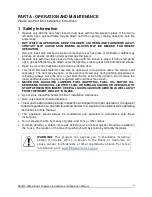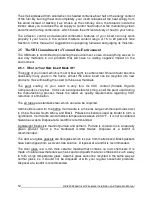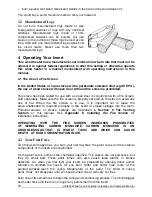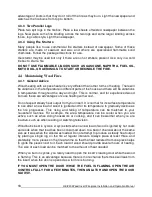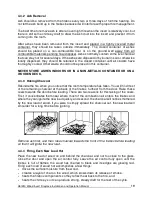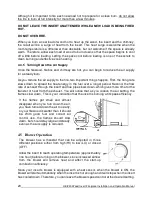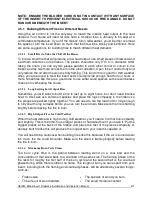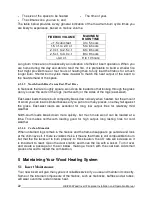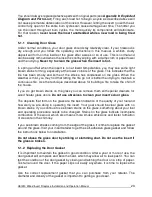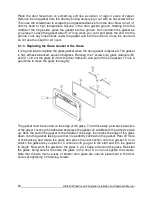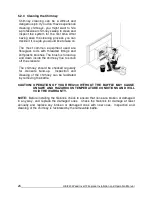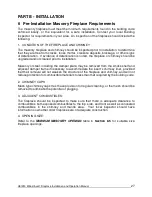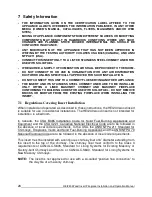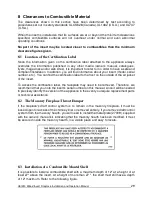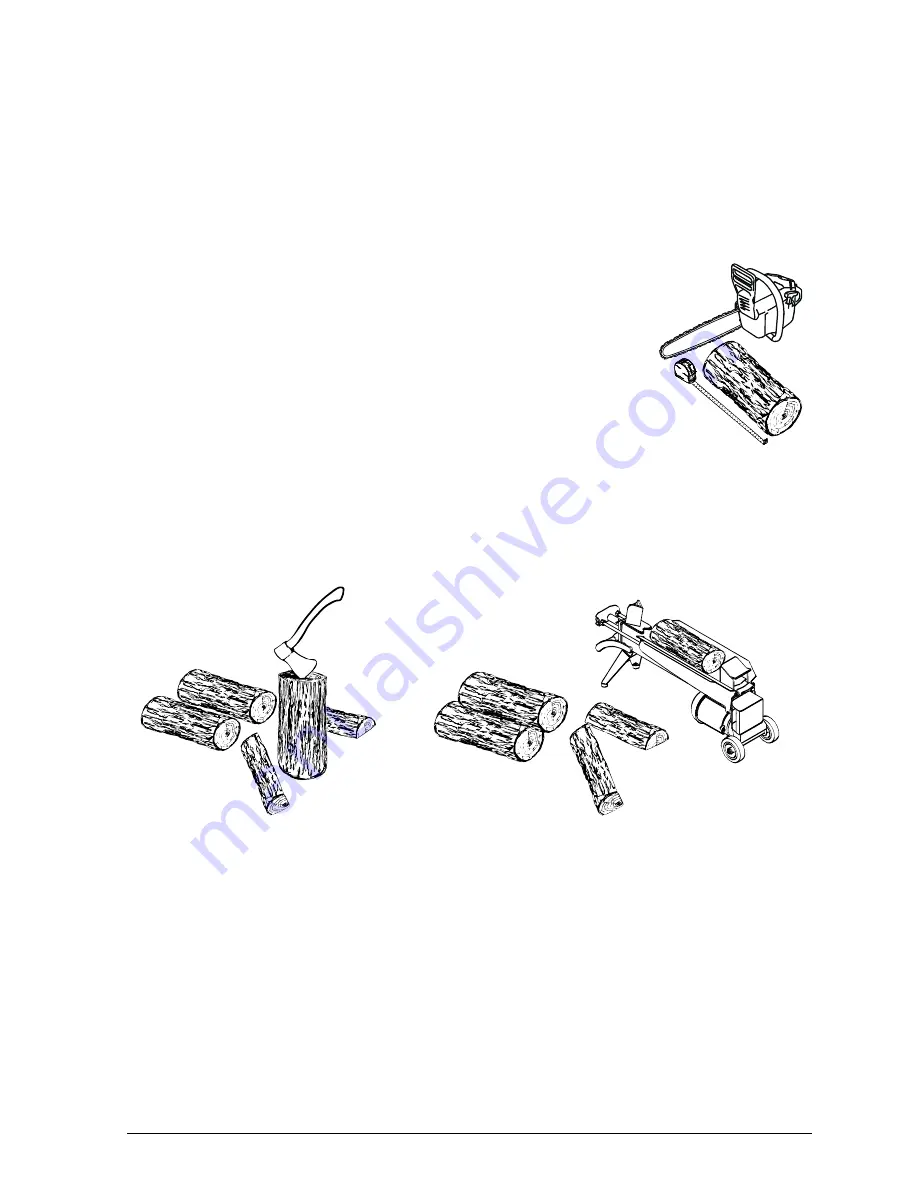
14
HEI240 Wood Insert Fireplace Installation and Operation Manual
Note that hardwood trees like oak, maple, ash and beech are slower growing and longer
lived than softer woods like poplar and birch. That makes hardwood trees more valuable.
The advice that only hardwoods are good to burn is outdated. Old, leaky cast iron stoves
wouldn’t hold a fire overnight unless they were fed large pieces of hardwood. That is no
longer true. You can successfully heat your home by using the less desirable tree species
and give the forest a break at the same time.
3.1.3 Log Length
Logs should be cut at least 1" (25 mm) shorter than the firebox so
they fit in easily. Pieces that are even slightly too long make loading
the insert very difficult. The most common standard length of
firewood is 16” (400 mm).
The pieces should be a consistent length, with a maximum of 1” (25
mm) variation from piece to piece.
3.1.4 Piece Size
Firewood dries more quickly when it is split. Large unsplit rounds can take years to dry
enough to burn. Even when dried, unsplit logs are difficult to ignite because they don’t
have the sharp edges where the flames first catch. Logs as small as 3” (75 mm) should
be split to encourage drying.
Wood should be split to a range of sizes, from about 3” to 6” (75 mm to 150 mm) in cross
section. Having a range of sizes makes starting and rekindling fires much easier. Often,
the firewood purchased from commercial suppliers is not split finely enough for convenient
stoking. It is sometimes advisable to resplit the wood before stacking to dry.







